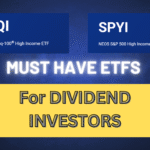Disclaimer: The following is for informational purposes only and not financial advice. Always do your own due diligence. I am not a licensed advisor.
The Week I Finally Understood YMAX: A Real-World Story About Weekly Cash Flow, Risk—and That Eye-Catching Dividend Yield
The first time YMAX hit my radar
It started with a ping from a friend who chases income ideas.
“Check YMAX,” he wrote. Weekly payouts. Wild stuff.”
I rolled my eyes. Weekly? Most ETFs can barely commit to monthly income without wobbling. But curiosity won. I opened the fund page, scanned the basics, and, almost against my better judgment, bought a tiny starter position. I wanted to feel the rhythm of those distributions before I decided if this was just marketing glitter—or a real income engine.
Within a week, a small cash deposit landed in my account. Then another. And another. It felt oddly steady in a market that rarely is. That was the hook. But I didn’t want to be naïve; if something yields that much, there’s a trade-off. So I dug deeper—into YMAX dividend history, how the fund earns its income, what a YMAX dividend announcement today actually means, and where a headline YMAX dividend yield fits inside real-world total returns.
First principles: what YMAX actually is
YMAX—formally, the YieldMax Universe Fund of Option Income ETFs—isn’t a single-stock covered-call ETF. It’s a fund of funds that holds many YieldMax strategies at once. Each underlying strategy is options-based, aiming to harvest premium from volatile names, and YMAX diversifies across them. As of mid-2025, sources note: active management, a 1.28% net expense ratio, and weekly distributions.
But the thing that turns heads is the posted income metrics—distribution rate, trailing yields, and those weekly cash drops you can plan around. Public databases and finance portals have shown a high distribution rate in 2025, and the fund’s AUM crossed the billion-dollar mark as investor interest swelled.
And yes, YMAX is designed to seek current income. That’s the primary objective right in the documents.

The narrative behind the numbers: how a weekly payer feels in real life
The first month felt like a drumbeat—every Friday, a pulse of cash. It was small at first, then larger as I scaled my position. But the experience also taught me a key truth about YMAX dividend history: those payouts aren’t guaranteed to be uniform. They move. They lean on option income generated by the underlying funds, and those funds depend on market volatility and positioning. When markets run hot, option premia can be rich. When they cool, income can ebb.
And crucially, part of a given distribution can be return of capital (ROC)—which isn’t a red flag by itself, but it’s not the same as ordinary income. For example, the YMAX page has shown passages where a recent distribution’s composition included a material ROC component. That matters for taxes and for understanding what’s powering the cash you see.
YMAX dividend announcement today: what it signals (and what it doesn’t)
On weeks when YieldMax posts a new batch of distribution declarations, finance Twitter and message boards light up. You’ll see “YMAX dividend announcement today” trending in search because investors want two fast answers: how much and when.
Practically, YieldMax maintains a distribution schedule for its weekly payers and grouped ETFs, setting out declaration, ex-date/record date, and pay date cycles. Schedules can shift, but they give you a framework for when to expect fresh numbers. Recent press releases also roll up announcements for multiple funds—handy if you’re tracking more than YMAX.
Here’s what an announcement doesn’t guarantee: that future payouts will match today’s. Distribution rates often annualize the latest per-share amount against the current NAV. That math can produce eye-popping percentages in volatile markets—but it’s a snapshot, not a promise. YieldMax itself explains this on fund pages for individual ETFs: the distribution rate is a point-in-time extrapolation of the latest declared amount. Keep that framing in mind whenever you see the number.

YMAX dividend yield vs. total return: why the second one rules
High yield can seduce. Still, I forced myself to ask a tougher question: What’s my total return after distributions and price movement? If the NAV drifts down while cash flows up, the experience can feel great—until you measure the whole picture.
Third-party trackers and portals often display YMAX’s yield and YTD total return, alongside AUM and expense data. Those snapshots are helpful, but they don’t replace a spreadsheet where you log every deposit and your cost basis over time. In my sheet, I tag each weekly payout, then track whether I reinvest into risk assets or divert a portion into a steadier core ETF. That split helped me keep emotions in check, especially on weeks when distributions dipped. Public sites can confirm current yield figures and recent performance, but your log is what keeps the story honest
What sits underneath the hood (and why diversification here is different)
Because YMAX holds many YieldMax strategies, it dilutes the impact of any single underlying’s slump. One week, an NVDA-linked strategy might hum; another week, a different sleeve carries more of the load. That diffusion won’t eliminate drawdowns, yet it can smooth them compared with betting it all on one volatile name. Databases listing the wider YieldMax lineup make that breadth tangible—dozens of strategies, varying expense ratios and distribution profiles, all feeding into YMAX’s basket.
Still, diversification isn’t magic. A macro shock can hit multiple sleeves at once. That’s where position sizing matters. I capped YMAX at a clearly defined slice of my income sleeve and resisted the urge to chase last week’s headline figure.
Building a practical plan around weekly cash
Eventually, I formalized a simple ruleset:
- Every Friday (or whenever the YMAX dividend arrived), I split the cash 50/50.
- Half went back into risk assets, sometimes even into YMAX or other YieldMax funds during favorable setups.
- The other half went into a calmer core ETF—my ballast for rainy weeks.
This small ritual stopped me from overreacting to a single YMAX dividend announcement today. It also protected gains from fading if the market turned and distributions softened.

The honest risks you should respect
Before you lean on any YMAX dividend yield, remember the fine print:
- Distribution variability. Weekly doesn’t mean uniform.
- ROC components. Know how much is true income vs. return of capital; it affects both taxes and signal.
- NAV path. Total return—not just yield—tells you whether your income is keeping you ahead of price erosion. Public trackers show recent yield and YTD performance, but your own ledger is king.
- Fees and activity. YMAX is actively managed; the 1.28% net expense ratio is the cost of that approach.
- Market dependence. Option income thrives on volatility and trend. If both fade, distributions may, too. YieldMax’s own disclosures around distribution-rate methodology make that clear in principle.
YMAX dividend history: what the pattern taught me
After several months, I noticed a cadence: announcements rolled out on a predictable cycle, ex-dates set eligibility, and payments hit with a regular beat. Looking back through the issuer’s distribution schedule and recent press notes stitched that rhythm together in my head. Importantly, the mix of distributions over time—income vs. ROC—shifted with market conditions. That history helped me frame expectations for the next quarter rather than cling to last week’s best print.
Is YMAX worth it?
For me, YMAX became a tool, not a trophy. The YMAX dividend stream offered weekly cash I could actively route—half toward compounding, half toward stability. The YMAX dividend yield looked flashy on screen, but the real win came from discipline: sizing the position, honoring my split rule, and remembering that distribution announcements are signposts, not destiny.
If you want a weekly income you can choreograph, YMAX can play that role. Just build your plan around ranges, not absolutes; around total return, not yield alone; and around your goals, not the loudest screenshot on social.
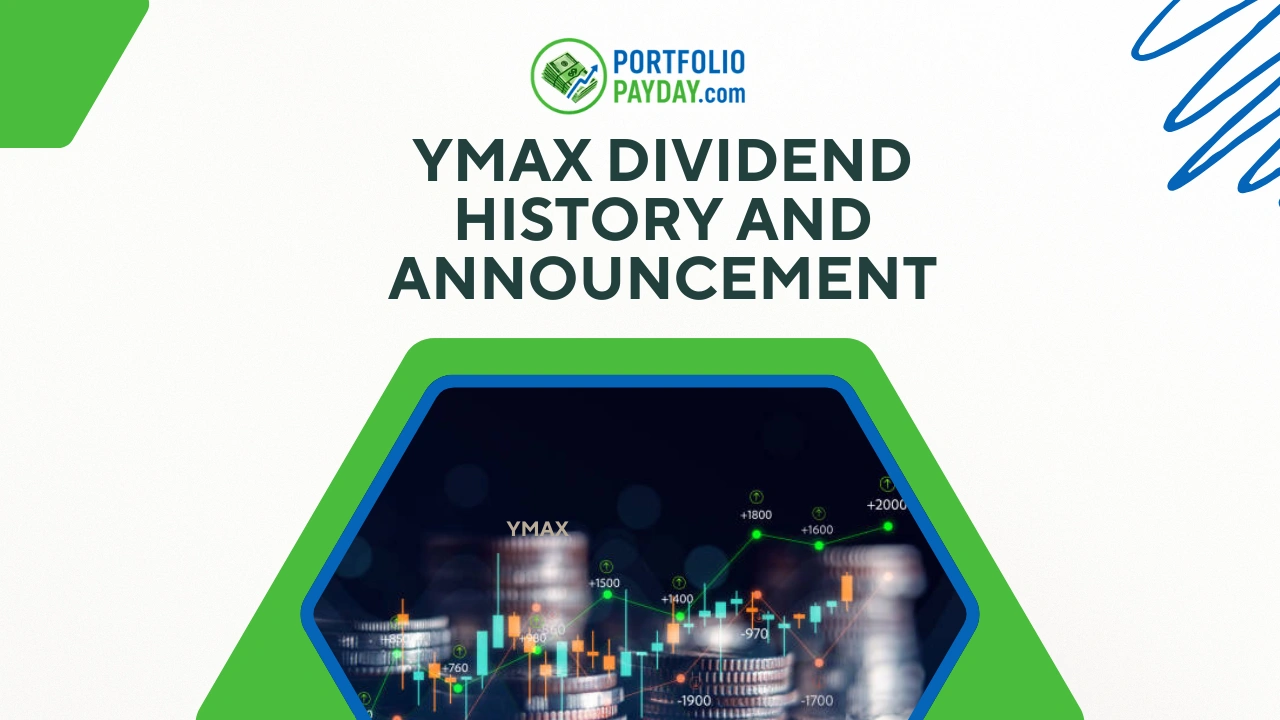
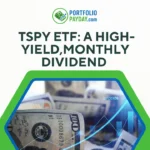


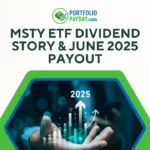
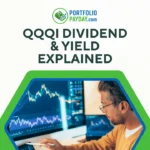
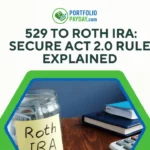

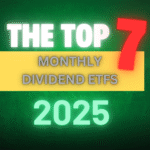



![Is SCHD Dead Weight — Or the Ultimate Dividend Machine? [2025 Guide]](https://portfoliopayday.com/wp-content/uploads/2025/08/SCHD-Thumbnail-150x150.png)

